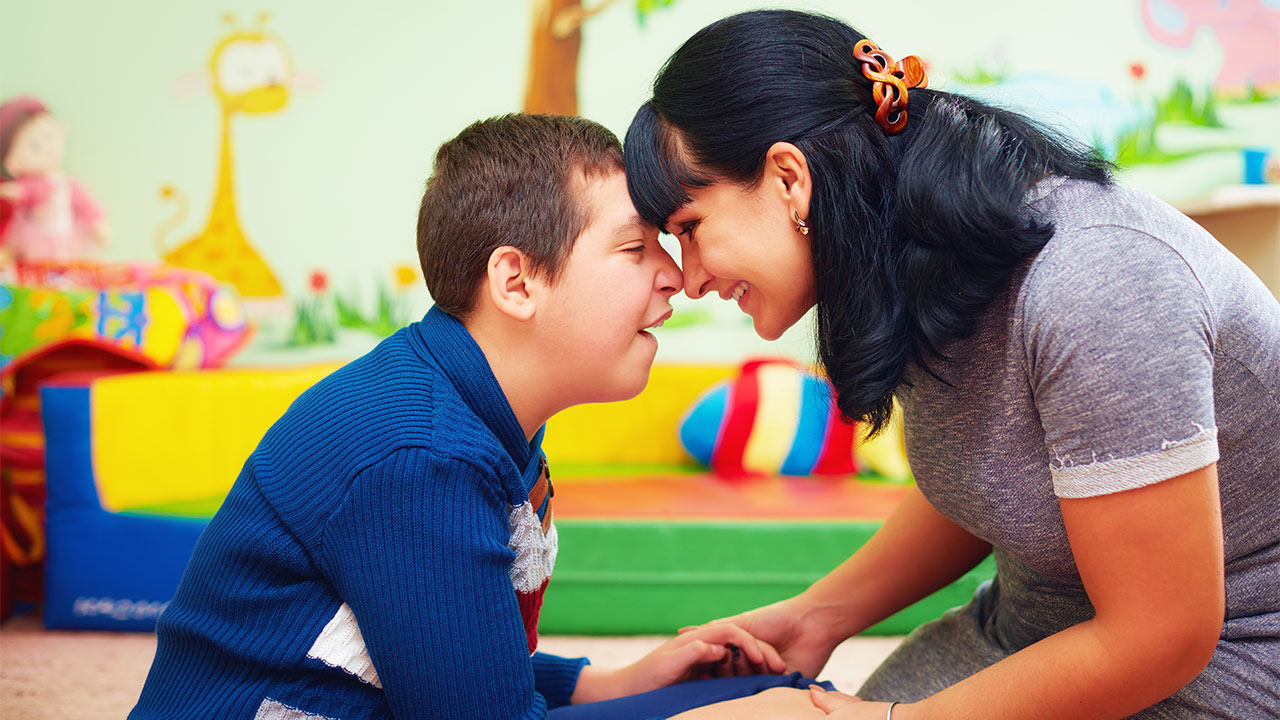Autism spectrum disorder is a developmental and neurological disorder that affects the development of an individual’s ability to communicate and behave socially. It is usually diagnosed in the first two years but can be diagnosed at any age. (1) Autism is called a spectrum disorder because the intensity and severity of the disease change with every case. People suffering from autism spectrum disorder have different abilities than the other people around them. They can show advanced social skills, and sometimes they can be nonverbal. Some people are suffering ASDreqiores help in their daily tasks while others are self-sufficient in doing their daily routine tasks. (2)
Signs and symptoms of ASD:
- Individuals with ASD show difficulty in social interaction and communication skills. They may also show some repetitive behaviors and difficulty in learning and adapting.
- It is difficult for ASD individuals to make consistent eye contact with others.
- They tend not to share their interests and emotions with others around them.
- Sometimes they do not respond properly when they are called, even by name.
- They usually show gestures and facial expressions that don’t match what’s being said to them.
- They show repetition in their behavior, such as they repeat certain actions and phrases.
- Sometimes they might appear oversensitive and counter wise being not as sensitive as others.
- They show interest in moving objects and parts of them.
Diagnosis:
There is no particular medical test related to the diagnosis of ASD in individuals. However, the behavioral development of the child is noticed making decisions by the doctor. It can be diagnosed at eighteen months, but the final diagnosis is usually made until the child reaches adolescence.
Neuroscience and genetics have played in identifying the risk patterns, but they are of no practical benefit until now. Still, much research is required on how behavioral help and medical treatment should be effective among children with comorbidities. (3)
Behavioral treatment of ASD:
The interventions developed for individuals suffering from ASD may differ based on the following:
- The age group of individuals with ASD
- Targeted intervention behavior, for instance, social skills, communication, and adaptive behavior.
- Applied intervention strategy
- Characteristics of intervention.
The following techniques are used for managing ASD:
- Picture exchange communication system– a strategy for nonverbal children with ASD in which pictures and symbols are used to teach spontaneous communication skills.
- Speech-generating devices provide digitized speech when activated, but the results were unreliable as only two children responded well.
- Self-management– is an option for autistic children to develop independence and practice newly adapted behavior without the caregiver’s presence.
- Positive behavior support– it’s a skill used by an autistic individual to attain autonomy through positive behavior.
- Functional communication training– when an autistic individual is taught communication skills that are very effective and are alternative to the behavior, their problems can be reduced.
- Reciprocal imitation training– imitation is a nonverbal skill severely impaired in autistic children. Studies suggest that teaching autistic children how to imitate improves their communication skills. (4)
REFERENCES:
- National Institute of Mental Health. (2022, March). Autism Spectrum Disorder. National Institute of Mental Health (NIMH). https://www.nimh.nih.gov/health/topics/autism-spectrum-disorders-asd#:~:text=Autism%20spectrum%20disorder%20(ASD)%20is
- Centers for Disease Control and Prevention. (2020, March 25). What is Autism Spectrum Disorder? Centers for Disease Control and Prevention; CDC. https://www.cdc.gov/ncbddd/autism/facts.html
- Lord, C., Elsabbagh, M., Baird, G., & Veenstra-Vanderweele, J. (2018). Autism Spectrum Disorder. The Lancet, 392(10146), 508–520. https://doi.org/10.1016/s0140-6736(18)31129-2
- Vismara, L. A., & Rogers, S. J. (2010). Behavioral Treatments in Autism Spectrum Disorder: What Do We Know? Annual Review of Clinical Psychology, 6(1), 447–468. https://doi.org/10.1146/annurev.clinpsy.121208.131151



